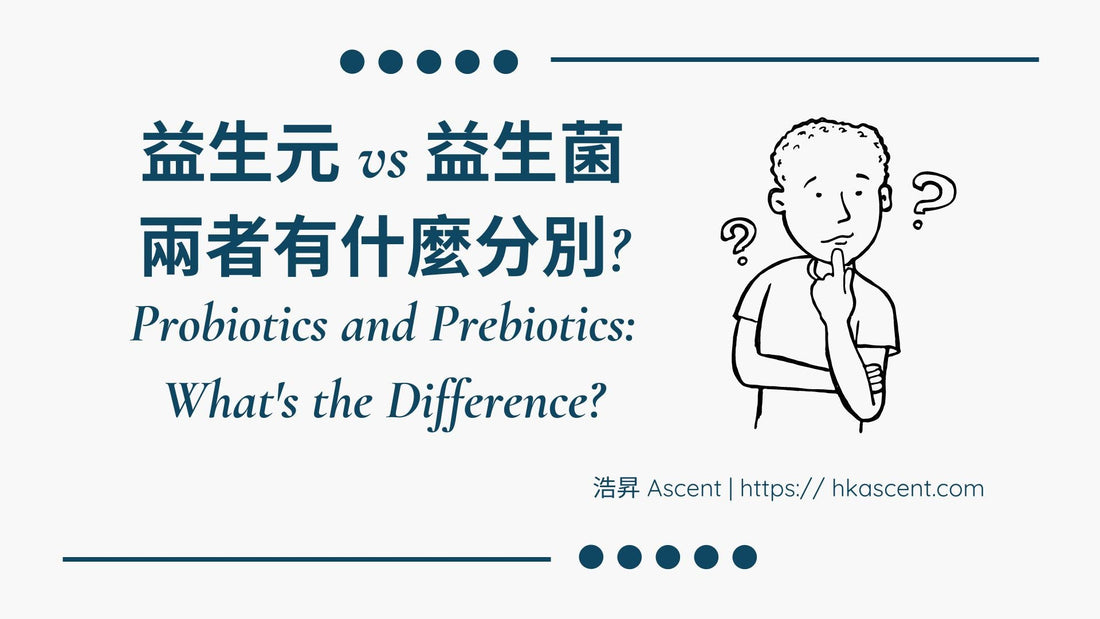Probiotics and Prebiotics: What's the Difference?
Share
We always see products with probiotics and prebiotics and some of us are confused about their differences. Although they are often mentioned together, they are used differently. Understanding the difference between these two can help you make informed choices about your diet and supplements.
What Are Probiotics?
Probiotics are live microorganisms, often referred to as “good” or “friendly” bacteria, that provide health benefits when consumed in adequate amounts. They are commonly found in foods like yogurt and supplements. The primary role of probiotics is to maintain a healthy balance of gut bacteria, which can help gastrointestinal issues such as constipation, skin conditions, and even supports sleep and stress.
What Are Prebiotics?
Prebiotics, on the other hand, are non-digestible food components that promote the growth and activity of beneficial bacteria in the gut. They are essentially the food for probiotics so that probiotics can work better. Prebiotics are found in foods such as fruits, vegetables, and whole grains.
How Do They Work Together?
Probiotics and prebiotics work synergistically to support gut health. While probiotics introduce beneficial bacteria into the gut, prebiotics provide the necessary nutrients for these bacteria to work. Although food consists of prebiotics, the additional prebiotics in the probiotics product will further ensure the probiotics can survive and thrive. Prebiotics are good to have but not necessarily needed in a probiotics product unless proven otherwise by clinical studies.

